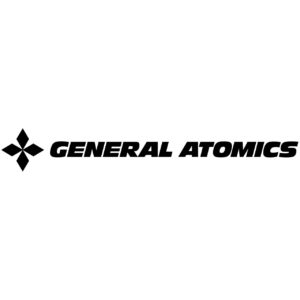Physicists have been working to design fusion reactors, technologies that can generate energy via nuclear fusion processes, for decades. The successful construction of commercial fusion reactors relies on the ability to effectively confine charged particles with magnetic fields, because this in turn enables the control of high-energy plasma.
Researchers at Laboratorio Nacional de Fusión–CIEMAT in Madrid have developed a new family of magnetic fields that could be more efficient for confining particles in these devices without the need for complex equipment configurations. Their paper was published in Physical Review Letters. The work could be an important step toward the successful realization of fusion reactors.
José Luis Velasco is the first author of the paper. He said, “In the last years, there have been many initiatives proposing the design and construction of new experimental fusion devices and reactor prototypes. When these projects design the magnetic field that will confine the fusion plasma, practically all of them try to make the field ‘omnigenous.’ The fact that inspired our research is that the fusion community actually knew that it is possible to have magnetic fields that are quite far from being omnigenous but still display good plasma confinement (e.g., the Large Helical Device, an experimental device operating in Japan, and some old and recent numerical experiments in U.S.).”
In recent years, many physicists conducting research on nuclear fusion have focused their attention on omnigenous magnetic fields. Properties of these fields are well-documented. Velasco and his colleagues set about to investigate less understood magnetic fields that could inform the design of future stellarator reactors.
Velasco explained, “Our intuition was that, in these outliers, there was something interesting and useful to be learned about stellarator reactor design”.
In a stellarator, the electric currents passing through the coils generate a magnetic field organized into nested magnetic surfaces in the shape of a deformed doughnut. This magnetic field confines a plasma composed of deuterium and tritium hydrogen isotopes, as well as the charged alpha particles resulting from fusion.
For fusion reactions to occur, the plasma inside the stellarators needs to be hot enough. To raise plasma to these high temperatures, physicists must carefully design the magnetic fields used to confine particles. This process is known as “optimizing the stellarator.
Velasco said, “Optimizing the stellarator to make it omnigenous ensures that the particles that make up the plasma stay, along their trajectories, close to the same magnetic surface. Nevertheless, to achieve omnigenity, it is necessary to optimize the stellarator ‘as a whole.” In our work we have found that similarly good confinement properties are obtained if one ‘splits’ each magnetic surface of the stellarator into several pieces and optimizes each of them separately. Hence the name ‘piecewise omnigenous.’”
Bottom of Form
The approach for optimizing stellarators proposed by Velasco and his colleagues could help to generate optimized magnetic fields for nuclear reactors more effectively. In contrast with previously proposed approaches, it also does not rely on complex plasma configuration and the use of sophisticated coils.
Velasco explained, “Designing and building an omnigenous field is not easy. In some cases, it may require complicated and expensive coils, which could endanger the whole project. An unfortunately extreme example of this was the National Compact Stellarator Experiment. Because there exists a vast variety of piecewise omnigenous magnetic fields, we are hopeful that some of them will be easier and/or cheaper to build.”
The recent work by this team of researchers may contribute to the future design of fusion reactors, by expanding the space of possible reactor configurations.
In their next studies, Velasco and his colleagues intend to systematically assess all the relevant physics properties of the piecewise omnigenous magnetic fields they uncovered, in order to determine whether they could compete with more conventional omnigenous magnetic fields.
Velasco added, “For instance, is the loss of energy due to turbulent processes too strong and how much simpler can we make the coils to comply with the technological requirements of a reactor? Answering these questions will require a lot of work, drawing on the expertise (in several areas: theory, experiment, technology, engineering, etc.) of many colleagues of the National Fusion Laboratory at CIEMAT and of other collaborators abroad.”
Laboratorio Nacional de Fusión–CIEMAT







